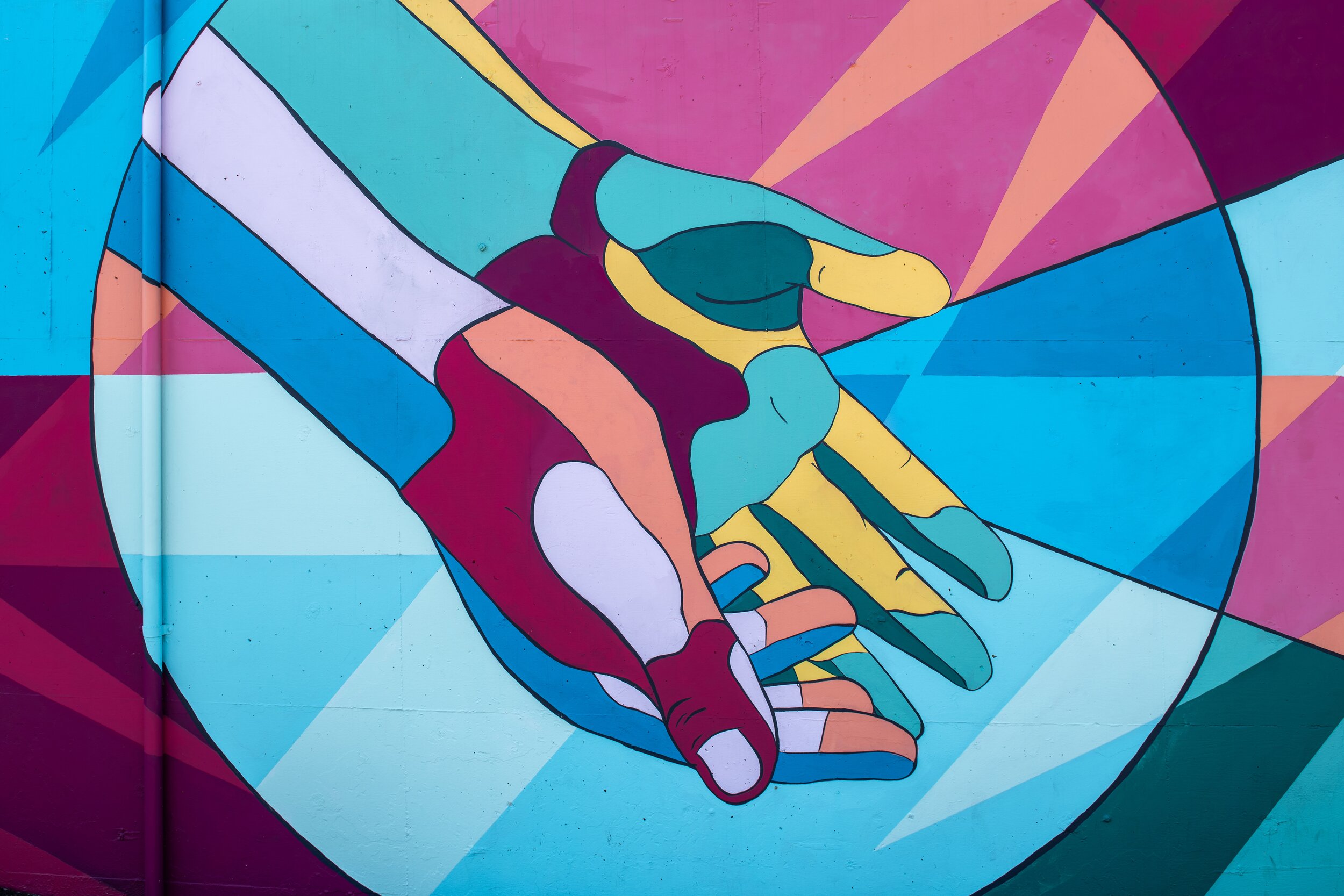
Arts for Anti-Racism
Helping amplify voices of BIPOC (Black, Indigenous, People of Color)
in arts and cultural organizations

Not just another diversity pledge.
We give you the resources to help you keep your commitment to becoming an anti-racist organization. The pledge and its accompanying list of tools, activities, guides, and events are tailored to the work of arts organizations*—helping you make this change both in your public programming as well as internally.
Keep scrolling to see the pledge itself and the resources.
*Not an arts or cultural organization? Go to the bottom of this page to see how you can adapt this model to your own anti-racist process.

THE PLEDGE
In order to become more anti-racist, (organization name) pledges to make these changes:
CULTURE: To change our internal culture to one that actively amplifies BIPOC (Black, Indigenous, People of Color) voices, encourages open and productive discourse on race and racism, and is aware of and addresses racism when it happens.
SOCIAL JUSTICE: To acknowledge that there are diverse communities which have been untapped by our organization; and to actively counter this by seeking out and providing a space for art focused on cultural pride, racial justice, civil rights, and other issues which are important and relevant to BIPOC communities.
POLICY & PRACTICE: To review our policies to identify and dismantle any unjust policies and practices that create barriers for BIPOC; this involves respect for BIPOC, recruiting, promoting, and empowering BIPOC for leadership roles in the body responsible for organizational oversight (i.e. board of directors), and committing to a JEDI statement (Justice, Equality, Diversity, and Inclusion) around which to build policy and programming.
ART: To acknowledge the barriers that have led to BIPOC artists being vastly underrepresented in the arts; and to actively counter this by employing and presenting work(s) by more BIPOC artists.
ACCESSIBILITY: To offer programming that is more accessible to BIPOC, which may include adjusting ticket and/or admission price, format, schedule, and/or venue, in addition to content.
PARTICIPATE: To change our mentality from doing for the community to partnering with the community; this involves offering more “participatory” programming that directly involves diverse community members and allows them an interactive role in artistic and cultural activities.
HISTORY: To research and be aware of the historical and social context of the programming and the impact it may have on BIPOC communities; and to let this research and awareness inform programmatic decision-making.

Not an Arts or Cultural Organization?
Here at the New Haven Department of Arts, Culture, and Tourism, our primary focus is encouraging anti-racism and equity in the arts; but we know that it is important to extend this into all other fields as well. Here are some slight changes to the pledge above so it can apply past only arts and cultural organizations. Use this as a model to begin thinking about how your organization can progress in becoming anti-racism
CULTURE: This goal can remain as-is, and all the resources can be used in a variety of workplaces.
POLICY & PRACTICE: This goal can remain as-is. The resources are generally tailored to nonprofit and charitable organizations, but the principles remain the same.
ART: Make it a goal to routinely employ professionals (consultants, designers, speakers, etc) who are BIPOC in connection with the products that you sell and events you put on; particularly in fields in which BIPOC are historically underrepresented.
SOCIAL JUSTICE: Think about the intersections between the work that you do and issues which are important to BIPOC communities. Use the resources as examples, and use the PAR (Participatory Action Research) resource as a starting point to identifying these issues.
ACCESSIBILITY: This goal can remain as-is. Use the resources as examples to begin thinking about how your organization can make similar changes in the products you sell and events you put on.
PARTICIPATE: The principle of changing your mentality from doing for the community to partnering with the community remains. Think about how you can you get diverse community members directly involved in the work you are doing. Explore the Participedia resource beyond the Arts page, as it should help you find examples of this work in other fields.
HISTORY: This goal can remain almost as-is, with the addition that this awareness and research should extend to all products and services that you offer.

Resources
CULTURE
Anti-Oppression Toolkit: activities and workshops to initiate dialogue about the importance of anti-oppression principles. From the National Campus and Community Radio Association
Diversity Toolkit: A Guide to Discussing Identity, Power, and Privilege: activities to initiate productive discourse on these issues, discussing the historical context of identity and building self-awareness in groups of 10-60 people. From the USC Master of Social Work program.
Dismantling Racism Works Web Workbook: a variety of educational resources and tools, including updates for the current movement for black lives and COVID-19. From Dismantling Racism Works.
White Privilege: Unpacking the Invisible Knapsack: widely cited resource for becoming aware of not just how some people are underprivileged, but also how others benefit from it. From Peggy McIntosh.
White Culture Handout: a handout of questions for organizations to ask themselves about their internal culture and how much it reflects white culture as a whole. From MP Associates.
Colorlines: a resource for the latest news in black media from knowing your rights to vote, arts and culture, and COVID-19 information
White Supremacy Culture: A list of characteristics of white supremacy culture that show up in our organizations.
SOCIAL JUSTICE
Examples of art and projects focused on these issues:
List of artists, organizations, and projects involved in social change work: from Animating Democracy.
Aesthetic Perspectives: Attributes of Excellence in Arts for Change: A framework to enhance understanding and evaluation of creative work at the intersection of arts and civic engagement, community development, and justice. From Animating Democracy.
Planning and designing arts-based civic engagement projects: to help organizations and artists design civic engagement and dialogue project. From Animating Democracy.
Art and civic engagement; mapping the connections between contemporary art and issues of concern to the community. From the Walker Art Center. Includes the map and the workbook.
Participatory action research: A framework for PAR, which is an approach to research and learning that uses different methods to address issues or possibilities identified and defined by the community. From the Animating Democracy Initiative.
Using cultural assets: The benefits of using community cultural wealth in social change work. From Beautiful Trouble.
POLICY & PRACTICE
Adoptable/adaptable statement on cultural equity: for arts organizations. From Americans for the Arts.
Awake to Woke to Work; Building a Race Equity Culture: a plan for nonprofits to follow a cycle of change as they transform from a white dominant culture to a Race Equity Culture. From Equity in the Center.
Continuum on Becoming an Anti-Racist Multicultural Organization: a resource to help organizations track their progress and be always be aware of what’s next. From Crossroads Ministry.
Cultural New Deal: an initiative from artists and cultural bearers to end racial and cultural inequality and injustice, with comprehensive goals directed specifically towards those who work in the arts and cultural sectors.
Operationalizing Racial Justice: a guide to the racial justice change process for organizations. It also includes several lists of other resources, including case studies of those who have gone through similar processes. Created for philanthropic organizations but almost all the information and tools could be applied to arts organizations. From MP Associates.
We’re Not That Hard to Find: guidelines to help museums (and all others) hire and retain diverse staff. From Joy Bailey-Briant.
ART
Directory of living black composers: includes information about each composer’s country they’re based in, gender, age, and links to their website. From Music by Black Composers.
Databases of composers and orchestral works: includes composers from underrepresented groups with the ability to filter by race, gender, type of work, etc. From the Institute for Composer Diversity.
Database of professional black and Latinx musicians: includes information about each musician’s instrument, current location, career status, orchestra affiliation, and resume. From the National Alliance for Audition Support and the Sphinx Organization.
List of black playwrights and authors: includes lists of works, dates, and brief biographical information. From the National Speech and Debate Association.
HISTORY
Historical Foundations of Race: a National Museum of African American History and Culture resource to help understand how race and racism are woven into the very fabric of American society and learn how race, white privilege, and anti-blackness came to be.
Examples:
African Americans in Texas: an example of contextualizing works in a museum’s collection. From the Bullock Texas State History Museum.
The Confederate Flag Doesn’t Belong in a Museum: an opinion piece to initiate thinking about how to contextualize art and historical works. By Aleia Brown.
ACCESSIBILITY
Creative placemaking: how to use peacemaking to animate and rejuvenate public and private spaces and bring diverse people together. From the National Endowment for the Arts.
Why “Where”? Because “Who”: an introduction to using place as a vehicle to engage new participants. From the James Irvine Foundation.
PARTICIPATE
Getting In On the Act; How arts groups are creating opportunities for active participation: a guide to integrating active arts practices—in which people play an expressive role—into your work. From the James Irvine Foundation.
Participatory Arts: a crowdsourced guide and platform to projects that enable a shared ownership of decision-making processes. From Participedia.
The Arts, Cultural Inclusion, and Social Cohesion: report detailing participation in the arts and passive vs. active consumption. From the National Economic and Social Forum of Ireland.
